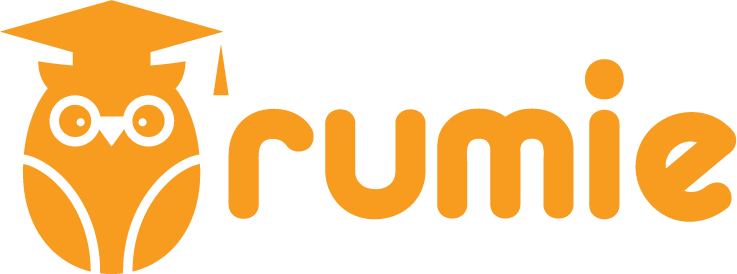Did you know that 146 out of 200 countries are on track to reduce under-5 mortality? It’s the number of children who die before age five per 1,000 births. This is one measure of a country’s health.
Despite progress, millions still face health disparities. Learn how you can help bridge the gap!
 Photo by National Cancer Institute on Unsplash
Photo by National Cancer Institute on UnsplashThe Sustainable Development Goals (SDGs) are a set of 17 global goals created by the United Nations in 2015.
They aim to address major global challenges, from poverty to climate change, by 2030.
The SDG 3: Good Health & Well-Being focuses on ensuring everyone has access to quality healthcare and the chance to live a healthy life.
What Are the SDGs?
The SDGs represent a global effort to create a sustainable future for all. They tackle interconnected issues to build a healthier, fairer, and more resilient world.
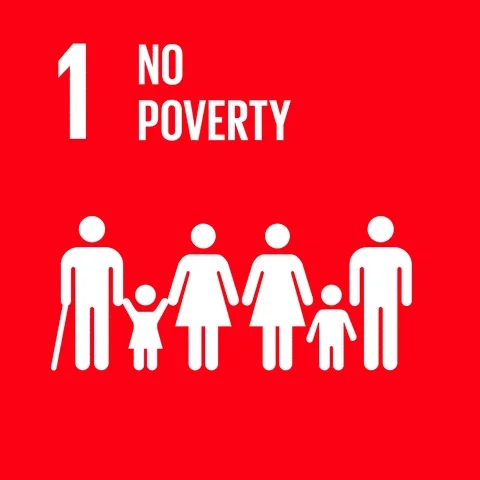
To hear an audio description of the 17 SDG goals, click the play button on the audio player below:
Key Facts About SDGs:
17 goals addressing challenges like poverty, inequality, and climate change.
Interconnectedness: Progress on one goal (e.g., health) supports others, such as education and clean water.
For example, improving health (SDG 3) can reduce poverty (SDG 1) and enhance education outcomes (SDG 4).
Why Was SDG 3 Created?
SDG 3 addresses global health challenges like diseases, inequality, and pandemics, focusing on universal health coverage (UHC) to ensure access to healthcare without financial hardship.
Let’s explore why this goal is critical.
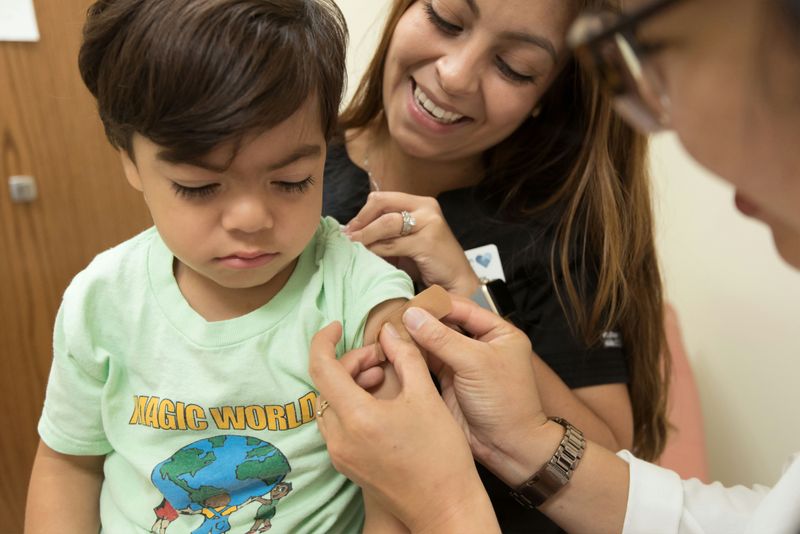 Photo by CDC on Unsplash
Photo by CDC on UnsplashGlobal Health Challenges:
Preventable diseases: Millions still die from diseases that can be eliminated with vaccines and basic healthcare.
Healthcare inequality: Disparities exist between urban and rural areas, and between rich and poor.
Pandemic setbacks: COVID-19 caused the largest drop in childhood vaccinations in 30 years and increased deaths from diseases like malaria and tuberculosis.
Purpose of SDG 3:
Achieve universal health coverage (UHC).
End epidemics of AIDS, tuberculosis, malaria, and other diseases by 2030.
Provide safe and affordable medicines and vaccines for all.
Example: Barbados provides comprehensive healthcare services with a focus on non-communicable disease prevention and control.
Benefits of Achieving SDG 3
When SDG 3 is achieved, the benefits extend far beyond healthcare. Let’s look at how it impacts individuals and communities.
 Photo by National Cancer Institute on Unsplash
Photo by National Cancer Institute on UnsplashKey Benefits:
Healthier lives: Reduces suffering and improves life expectancy.
Stronger economies: Healthy populations boost economic productivity.
Global resilience: Preparedness for future health crises.
Social equity: Ensures access to care for vulnerable populations, like women and children.
Examples:
Global: Vaccination programs can help eradicate diseases like polio in many parts of the world.
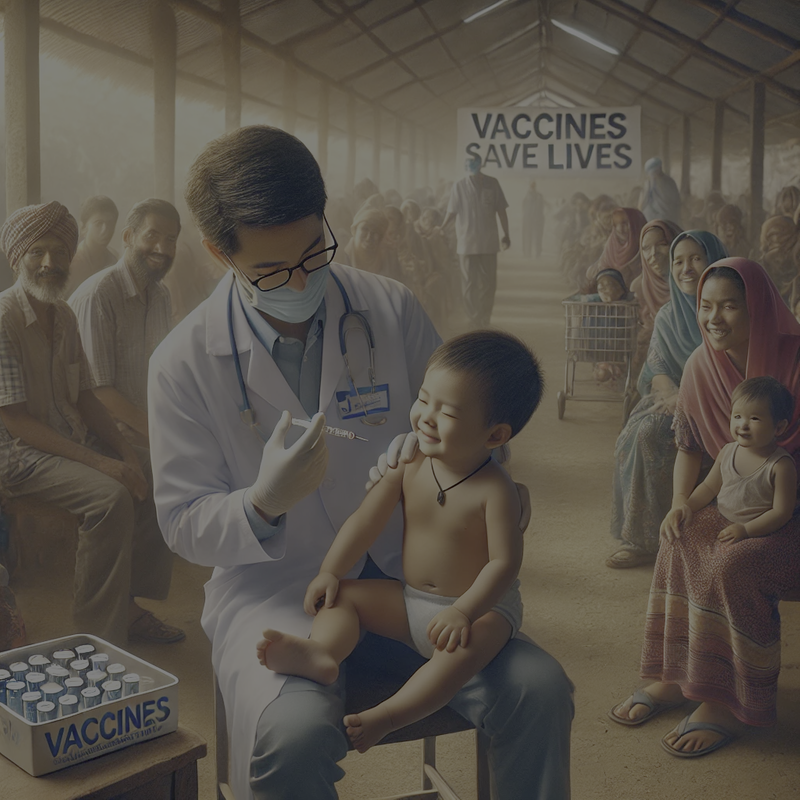 Image by Marko Scantlebury using DALL-E
Image by Marko Scantlebury using DALL-E
Local: Community gardens in Canada and the United States provide fresh produce to low-income neighborhoods, fostering healthier diets and improved health outcomes.
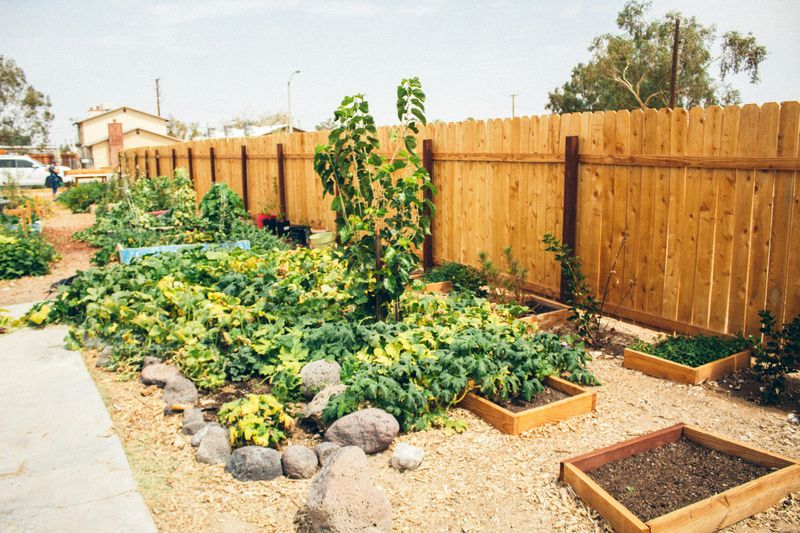 Photo by Brian Wangenheim on Unsplash
Photo by Brian Wangenheim on Unsplash
What Could This Look Like in Your Community?
SDG 3 starts at home. Here’s how achieving good health and well-being could transform your community.
 Photo by Sinitta Leunen on Unsplash
Photo by Sinitta Leunen on UnsplashPotential Changes:
Accessible healthcare: Local clinics offering affordable, high-quality care.
Health education: Workshops on nutrition, mental health, and disease prevention.
Clean environment: Pollution control ensuring clean air and water.
Community action: Mental health support groups and health-awareness events.
Example: In Kenya, mobile health clinics bring vaccines and check-ups to rural areas, helping mothers and children thrive.
Quiz: SDG 3 in Your Community
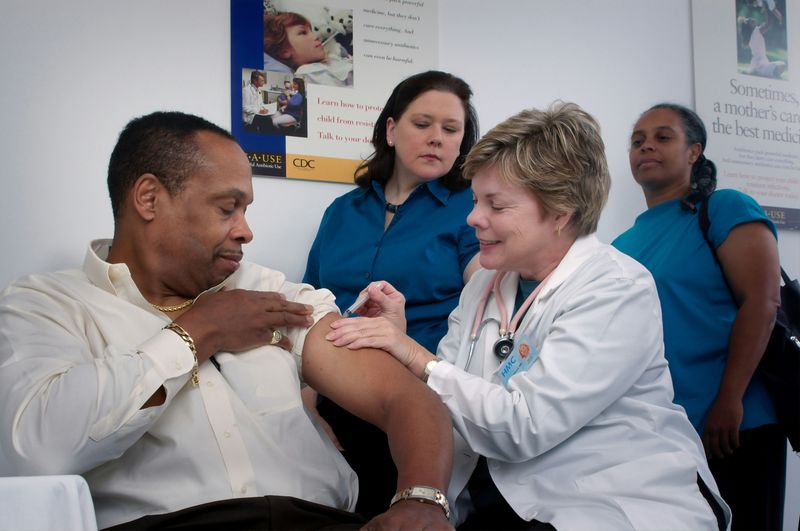 Photo by CDC on Unsplash
Photo by CDC on UnsplashYour community reports a rise in preventable diseases due to low vaccination rates.
What is an effective way you can address this issue?
A. Use only personal protection for your family.
B. Ignore the problem, assuming it doesn’t affect you.
C. Blame others without proposing solutions.
D. Advocate for a vaccination campaign and educate others about its importance.
Quiz
Choose the best course of action:
Take Action
Every small action adds up. You can help make SDG 3 a reality.

Here's how you can do your part:
Your feedback matters to us.
This Byte helped me better understand the topic.
